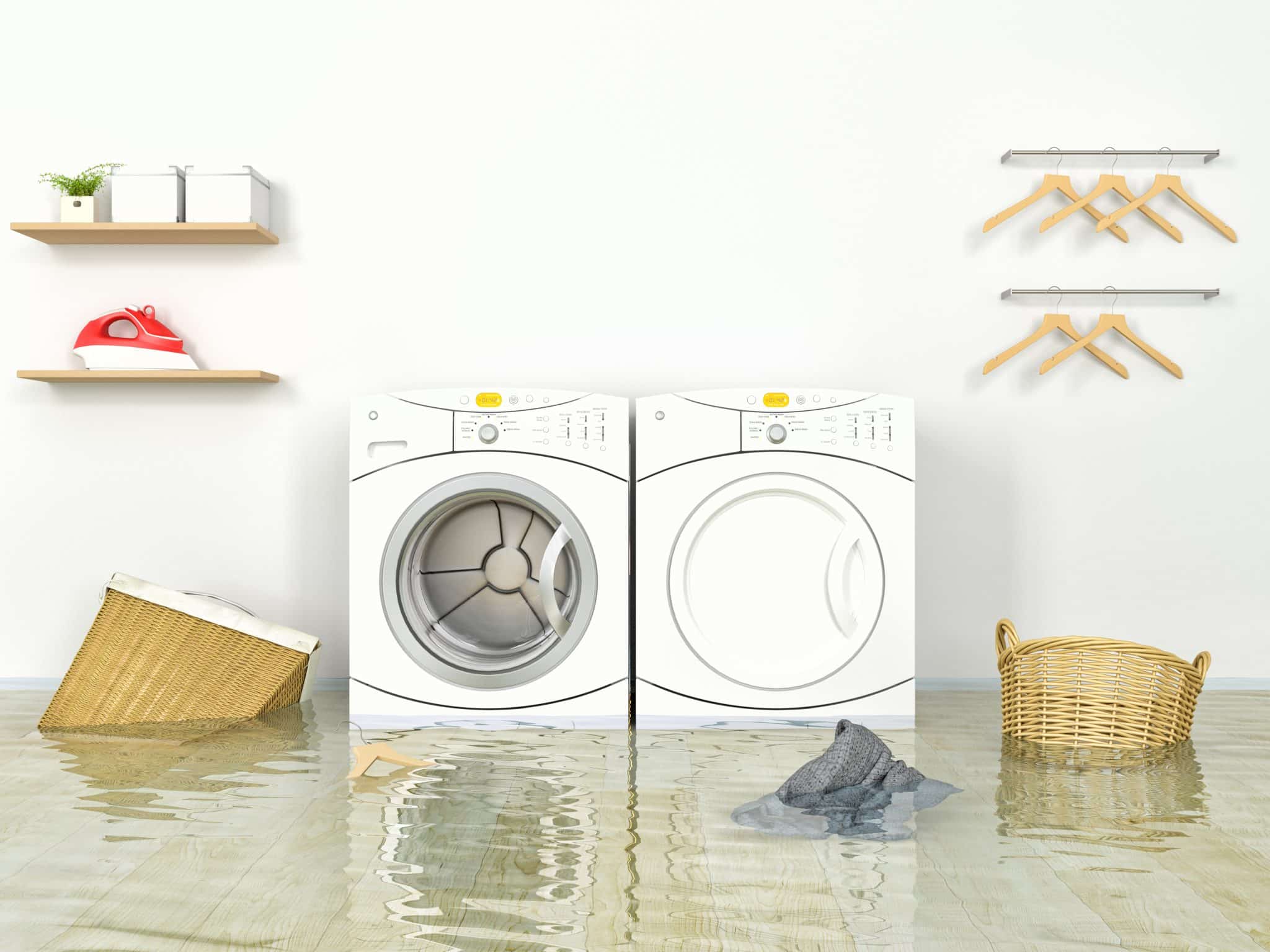Trickling toilets. Dripping taps. Leaky household appliances. Water leaks in your home are all too common and can lead to needlessly high water bills as well as costly structural issues or other possible damages if they’re not fixed right away.
Here are 5 of the most common water leaks and some helpful suggestions:
1. Dripping Faucets
Dripping faucets aren’t just annoying when you’re trying to fall asleep, they can also significantly hike your water bill. In fact, just one dripping or leaking faucet can result in hundreds of litres of water down the drain every year – literally.
From sinks to bathtubs to shower heads, every faucet has moving parts that see daily usage. These frequently used fixtures are susceptible to wear and tear over time especially if the seals are damaged. Change in pressure can also cause problems.
-
- Inspect under all sinks – leaky faucets sometimes leak down handles and directly to hoses or pipes.
- Check for leaks in your shower or bathtub – remember, a seemingly minor leak into your tub or shower could be a bigger problem behind the tiles or within the walls.
- Look for discolouration around fixtures, sinks or tiles that could be a sign of a leak.
And remember, while you may be able to replace worn washers on your own, a repair without specialized or proper tools or parts can pose a greater challenge – and risk. That’s why it makes sense to call in your plumber.
2. Hidden Dishwasher Leaks
Your dishwasher uses a significant amount of water and its parts are under pressure throughout the cycle. If seals or hoses are not checked, water could leak onto or under your floor.
-
- Check under the sink – dishwashers are typically connected to your main drain, which makes it easy to inspect the hose for discolouration or dripping.
- Inspect the bottom of the unit – standing water can cause flooring to warp, water damage to cabinets or discolouration along with build-up of mold or mildew.
3. Leaky and Clogged Toilets
Problems with clogged toilets, as well as leaks that are typically slow and difficult to notice, can unfortunately lead to significant plumbing failures and expensive repairs.
-
- Be sure you know where the shutoff valve is and that it’s working properly and not rusted closed. This will help you act quickly in the event of a clog or leak.
- If you do experience a clog, remove the lid from the tank and pull up the float or close the flapper. This will keep more water from flowing into the bowl and overflowing.
You may also have a silent leak – an easy way to find out is to add a few drops of food colouring to the upper tank. Wait 15 minutes and check the water in the bowl for any hint of colour. If it’s tinted, your flapper valve is likely faulty.
Clogs and leaks aren’t the only problems you can run into with your toilet. If you’re having to jiggle the handle, the inner workings of your toilet – like the flapper valve, the float or the fill tube – might need some TLC. Sediment might also be affecting your toilet’s ability to properly flush and fill.
4. Problems with Your Pipes
Finding a puddle under a pipe in your home can be a stressful and messy experience. A temporary fix could address the immediate leak, but to properly fix the problem you may need professional plumbing services to replace the pipe or fittings. If you see or suspect a leak, call a plumber.
5. Splash Leaks
We don’t usually think of them as a plumbing problem but tub and shower splash leaks are one of the most common kinds of leaks plumbers see in the bathroom. This kind of leak appears minor except that, over time, it can cause significant damage where your tub meets the flooring, causing tiles to loosen or plywood bodyfloors to rot.
-
- When fixing this leak, make sure sliding doors overlap properly, with the inner door closest to the faucet.
- If you use a shower curtain instead of a sliding door, make sure it’s completely closed or add a splash guard to keep spraying water out.
- Replace any old caulk along the sliding door frame and where the floor meets the tub.
Toilet clogged? Clogged sink? Leaky faucet? Drain repair? Plumbing emergency? For a quick diagnosis of your issue, call us or click here to learn more about a Plumbing Protection Plan from Reliance.
Call on Reliance™
Call Reliance™ now for all plumbing emergencies, 24/7/365








